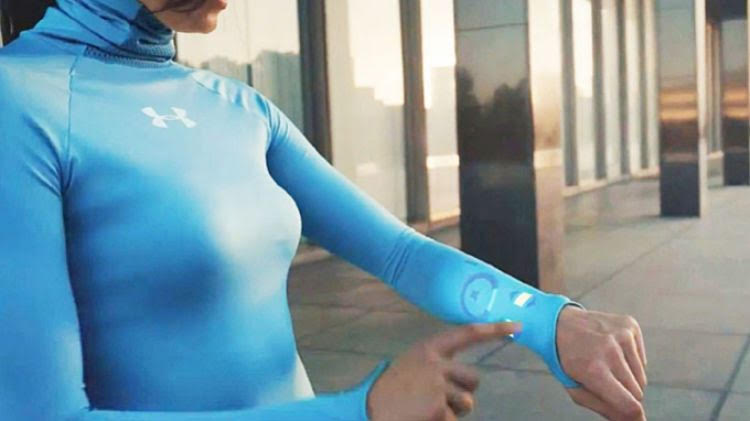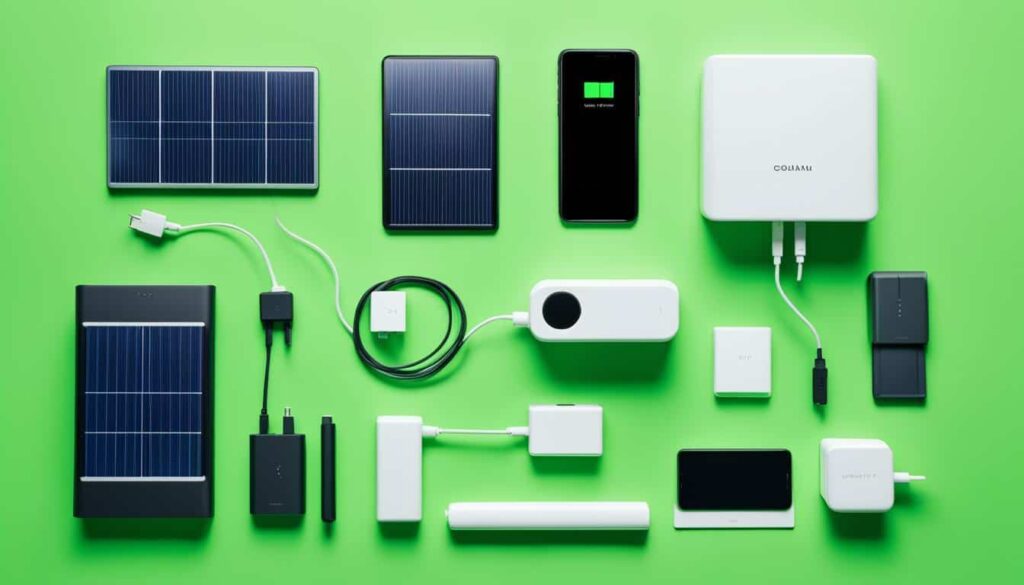Introduction: The Rise of Wearable Technology
In the last decade, technology has become more personal, smarter, and closer to us than ever before — quite literally. From smartwatches and fitness trackers to AR glasses and health-monitoring rings, wearable technology has turned into an essential part of our daily lives. These devices go beyond convenience; they empower people to make data-driven lifestyle decisions, track health parameters in real-time, and stay connected without constantly checking their phones.
The wearable tech market is booming — expected to reach over $180 billion by 2028, according to Statista. The growing demand for fitness tracking, health monitoring, and seamless connectivity has made smart devices not just a luxury but a lifestyle necessity.
What Is Wearable Technology?
Wearable technology refers to electronic devices designed to be worn on the body, either as accessories or embedded in clothing. These gadgets are equipped with sensors, processors, and connectivity features that collect and analyze data related to fitness, health, or the environment, and sync with smartphones or cloud systems for easy access.
Common examples include:

- Smartwatches (Apple Watch, Samsung Galaxy Watch)
- Fitness Trackers (Fitbit, Garmin, Mi Band)
- Smart Rings (Oura Ring, RingConn)
- Smart Glasses (Ray-Ban Meta, Google Glass)
- Smart Clothing (athletic wear with biometric sensors)
The Impact of Wearable Tech on Health & Fitness
Health and fitness remain the most dominant domains for wearable devices. Fitness trackers and smartwatches can now monitor:
- Steps, calories, and activity duration
- Heart rate and blood oxygen levels
- Sleep quality and stress patterns
- Menstrual cycle and body temperature
- ECG and blood pressure (in advanced models)
These insights help users make informed lifestyle changes. For example, real-time alerts for irregular heart rhythms or oxygen drops can prevent serious health emergencies. The integration of AI and machine learning allows wearables to predict trends — like fatigue or potential illness — based on past behavior patterns.
For fitness enthusiasts, wearable devices act as virtual trainers, offering workout suggestions, progress tracking, and motivation. Apps like Apple Fitness+ or Fitbit Premium personalize workouts according to the user’s data, making fitness goals more achievable.
Beyond Health: Everyday Applications of Smart Devices
While health monitoring is the highlight, wearable tech also enhances communication, safety, and productivity.
- Communication: Smartwatches enable calls, texts, and app notifications on the go. With features like voice assistants and quick replies, users stay connected hands-free.
- Safety & Emergency Alerts: Many wearables come with SOS or fall-detection features that automatically alert emergency contacts — crucial for elderly users or outdoor adventurers.
- Smart Payments: NFC-enabled wearables allow contactless payments through Google Pay, Apple Pay, or Samsung Pay.
- Workplace Productivity: Wearables are entering corporate wellness programs and industrial safety systems. Devices monitor employee fatigue, posture, and stress, helping organizations enhance both safety and efficiency.
Trends Shaping the Future of Wearable Tech
1. Health Tech Integration

The next generation of wearables will go deeper into medical diagnostics. From blood sugar monitoring without pricks to wearable ECG patches, companies are bridging the gap between healthcare and technology.
2. AI-Powered Personalization

AI will make wearables more predictive than reactive. Instead of just tracking steps, future devices will understand your habits and offer personalized suggestions — like reminding you to stretch after sitting too long or suggesting meals that match your activity level.
3. Smart Fabrics & Clothing

Innovations in e-textiles are bringing sensors into clothing. Imagine shirts that track your posture or shoes that analyze your running form — this isn’t sci-fi anymore, it’s the future of athletic and medical wear.
4. AR & VR Integration

Wearables like AR glasses (Apple Vision Pro, Meta Quest) are revolutionizing how we interact with digital content. From immersive workouts to real-time translation and navigation, AR-based wearables will redefine both entertainment and learning experiences.
5. Sustainability Focus

Eco-friendly wearables made with biodegradable materials and solar-powered charging are gaining attention as consumers grow more conscious of environmental impact.
Challenges in the Wearable Tech Industry
Despite the progress, wearable technology faces certain challenges:
- Data Privacy: The sensitive health and location data collected by wearables raise security concerns. Users must ensure devices are from reputable brands with transparent data policies.
- Battery Life: Advanced sensors drain batteries quickly, making frequent charging necessary.
- Accuracy: While wearables are helpful, they cannot replace clinical-grade medical equipment. Sensor errors or inconsistent readings can mislead users.
- Cost & Accessibility: High-end wearables remain expensive for many, though budget-friendly options are slowly emerging.
Why Wearable Tech Matters in Modern Lifestyles
The integration of wearable technology isn’t just about convenience — it’s about empowerment. With these devices, people are taking charge of their health, time, and productivity. For instance:

- A diabetic patient can continuously monitor glucose levels.
- A busy professional can track stress and meditation time.
- An athlete can analyze performance metrics in real time.
This blend of technology, health, and lifestyle represents a shift toward proactive well-being — one where prevention, awareness, and connectivity define the way we live.
Future Outlook: What’s Next?
The future of wearable tech is invisible computing — devices that seamlessly integrate into our bodies or environment. From smart contact lenses to implantable sensors that track vital signs, technology is moving toward being intuitive, predictive, and almost invisible.
With 5G, AI, and IoT (Internet of Things), wearables will become even more interconnected — communicating not just with phones, but with homes, cars, and even healthcare systems. Soon, your smartwatch might not only remind you to drink water but also schedule a doctor’s appointment when needed.
Conclusion: A Smart Step Toward a Healthier, Connected Future
Wearable tech and smart devices are redefining how humans interact with technology — turning data into action and gadgets into partners for better living. Whether you’re monitoring your heart rate, improving productivity, or simply staying connected, these devices symbolize a larger evolution — where technology adapts to humans, not the other way around.
As innovation continues, one thing is certain: the future of wearable technology is not just on our wrists — it’s in every step, heartbeat, and breath we take.
3 FAQs on Wearable Tech & Smart Devices
1. What are the main benefits of wearable technology?
Wearable technology offers convenience, real-time health monitoring, fitness tracking, and improved connectivity. It helps users make informed lifestyle choices and promotes preventive healthcare.
2. Are wearable devices accurate for medical use?
Most wearables provide accurate trends but are not substitutes for medical devices. They’re ideal for day-to-day health monitoring but should be complemented by professional medical check-ups for clinical accuracy.
3. What is the future of wearable tech in India?
India is witnessing massive growth in the wearable market, with affordable brands like Noise, Boat, and Fire-Boltt making smart devices accessible. Future trends point toward AI-based health tracking, smart clothing, and integration with telemedicine platforms.

